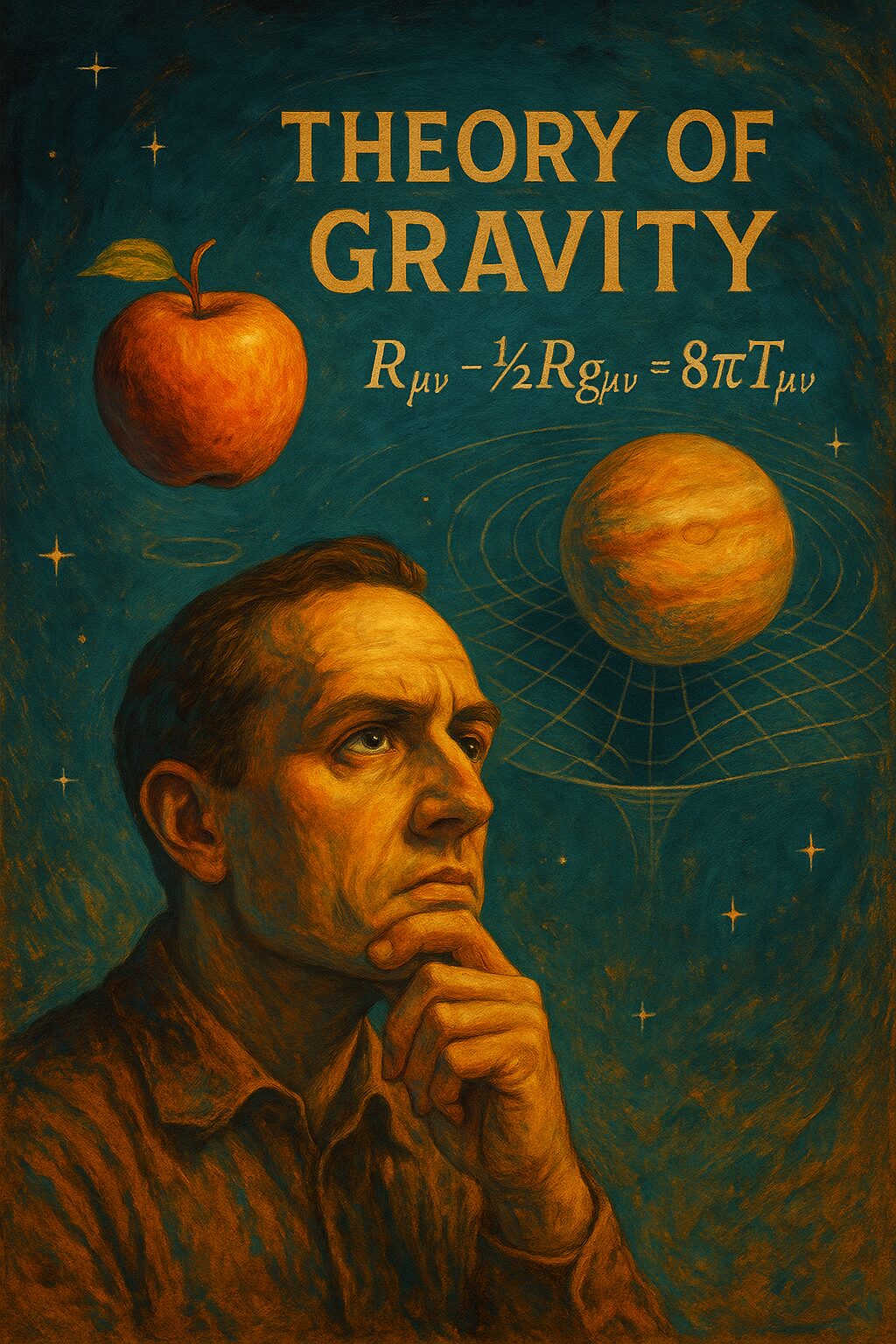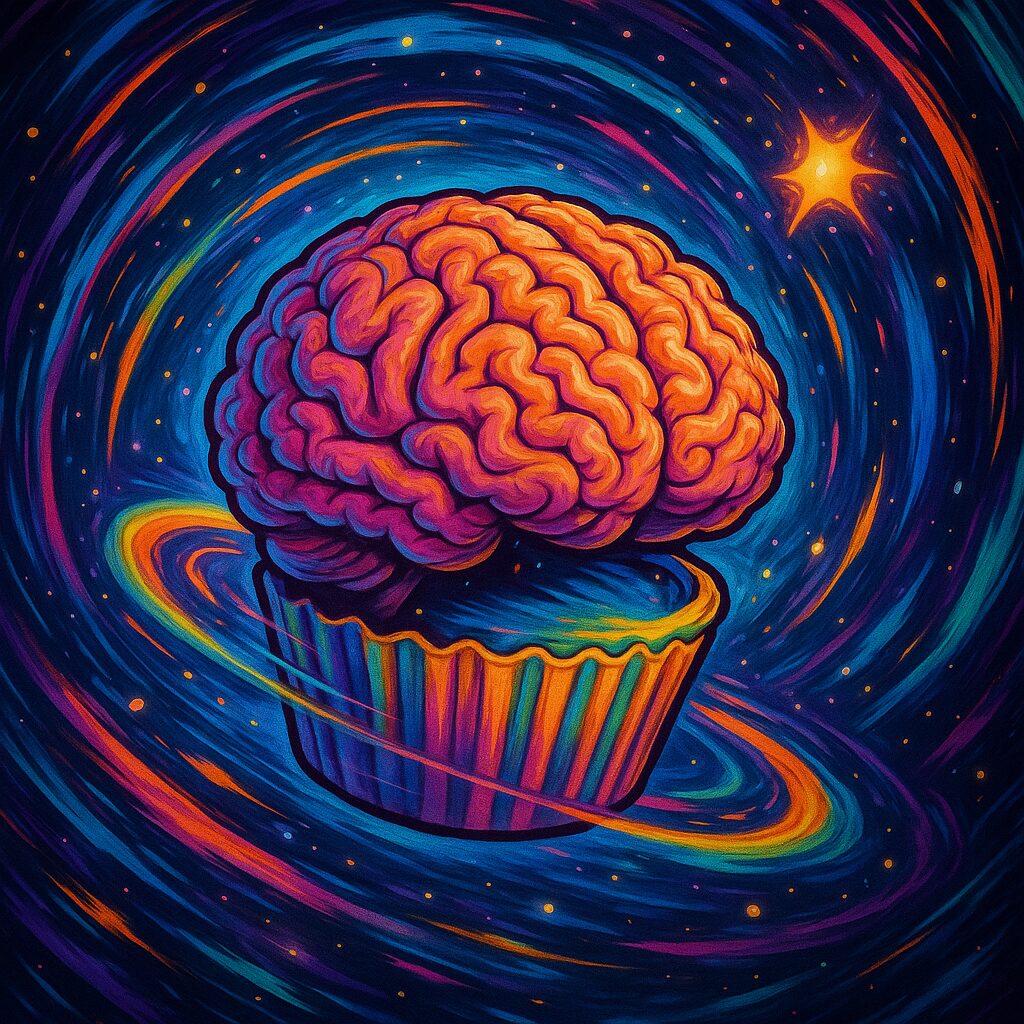An academic yet lively deep dive into the origins of life—with a hint of cosmic satire

“How did life begin?”
It’s one of those grand, terrifying, beautiful questions that humanity has been chewing on for millennia—like an existential cupcake with an impossibly dense center.
Today, let’s bite into two of the leading scientific ideas on the origin of life: abiogenesis and panspermia. We’ll stick to what science actually knows, what it confidently suspects, and what remains the frosting of speculation.
🌱
Abiogenesis: Life from Lifeless Goop
Abiogenesis suggests that life emerged here on Earth, all by itself. No aliens, no cosmic seeds, just good old-fashioned chemistry playing with itself for a few hundred million years.
🔬
What We Know: Laboratory Triumphs
- Miller–Urey Experiment (1952): Stanley Miller and Harold Urey zapped a flask full of gases mimicking early Earth’s atmosphere. Within days, amino acids—the raw ingredients for proteins—formed spontaneously (Miller, 1953).
- Meteorite Clues: The Murchison meteorite (1969) landed in Australia carrying over 14,000 organic compounds, including amino acids and nucleobases like adenine and guanine (Burton et al., 2012). It seems even space rocks were cooking up life’s ingredients.
- Sugars in Space: Recent observations found sugars like glycolaldehyde floating near protostars, suggesting that prebiotic chemistry may not be limited to Earth (Jørgensen et al., 2012).
🔧
The Theories Building Abiogenesis
- RNA World Hypothesis: RNA, capable of both storing information and catalyzing reactions, might have been the first self-replicator (Joyce, 2002).
- Iron-Sulfur World Hypothesis: Life may have started on mineral surfaces, particularly iron-sulfur compounds near hydrothermal vents, creating complex molecules (Wächtershäuser, 1988).
- Alkaline Hydrothermal Vents: These natural underwater laboratories offer stable conditions, mineral surfaces, and energy gradients ideal for complex chemistry (Martin et al., 2008).
❓
The Gaps
Even with all this progress, abiogenesis still struggles to fully explain:
- How complex informational molecules like DNA emerged.
- How protocells—the earliest membrane-bound life—formed.
- Why life’s emergence seems (statistically) so improbable yet clearly happened at least once.
☄️
Panspermia: Life from the Cosmos
Why bother building life from scratch, when it might have hitched a ride on a cosmic Uber?
Panspermia suggests that life—or at least its building blocks—originated elsewhere in the universe and traveled to Earth via asteroids, comets, or interstellar dust.
🪐
What We Know: Space as a Delivery System
- Survival in Harsh Conditions: Bacteria like Deinococcus radiodurans can survive radiation, vacuum, and temperature extremes—raising eyebrows about possible survival during interplanetary travel (Horneck et al., 1994).
- Organic Compounds in Space: Missions like Rosetta have found amino acids and sugars on comets (Altwegg et al., 2016).
- Meteorite Impact Evidence: Studies show some microorganisms might survive ejection and reentry scenarios (Burchell, 2004).
🚀
The Variants of Panspermia
- Lithopanspermia: Rocks blasted off a planet (perhaps Mars) carry microbial life to another world.
- Directed Panspermia: The idea (seriously proposed by Francis Crick) that an advanced civilization may have intentionally seeded life across the cosmos (Crick & Orgel, 1973).
❓
The Gaps
- No definitive extraterrestrial life found yet.
- Panspermia punts the ultimate origin question: where did that life first emerge?
🧮
What Science Currently Leans Toward
- Abiogenesis is widely favored for Earth, backed by strong laboratory support.
- Panspermia remains plausible for spreading life’s ingredients, but lacks direct evidence of extraterrestrial organisms.
In truth, both may be true at different scales: maybe cosmic chemistry primed Earth, but local conditions finished the job.
🧁
Final Cupcake Thoughts
Whether we owe our existence to a steamy pond, a hydrothermal vent, or a passing space rock, one fact remains: life is stunningly resilient and astonishingly complex.
And for all our scientific bravado, we still can’t say with certainty where life first took root. Which means your pet theory is safe—for now.
DISCLAIMER:
This article was generated with AI, fact-checked with scholarly sources, and baked fresh for Cognitive Cupcake. 🌌








